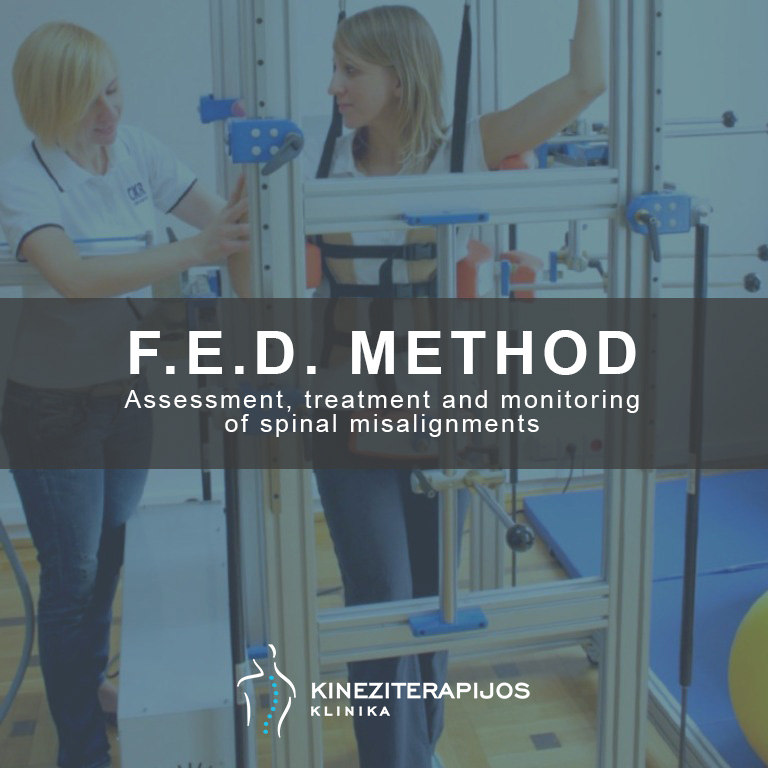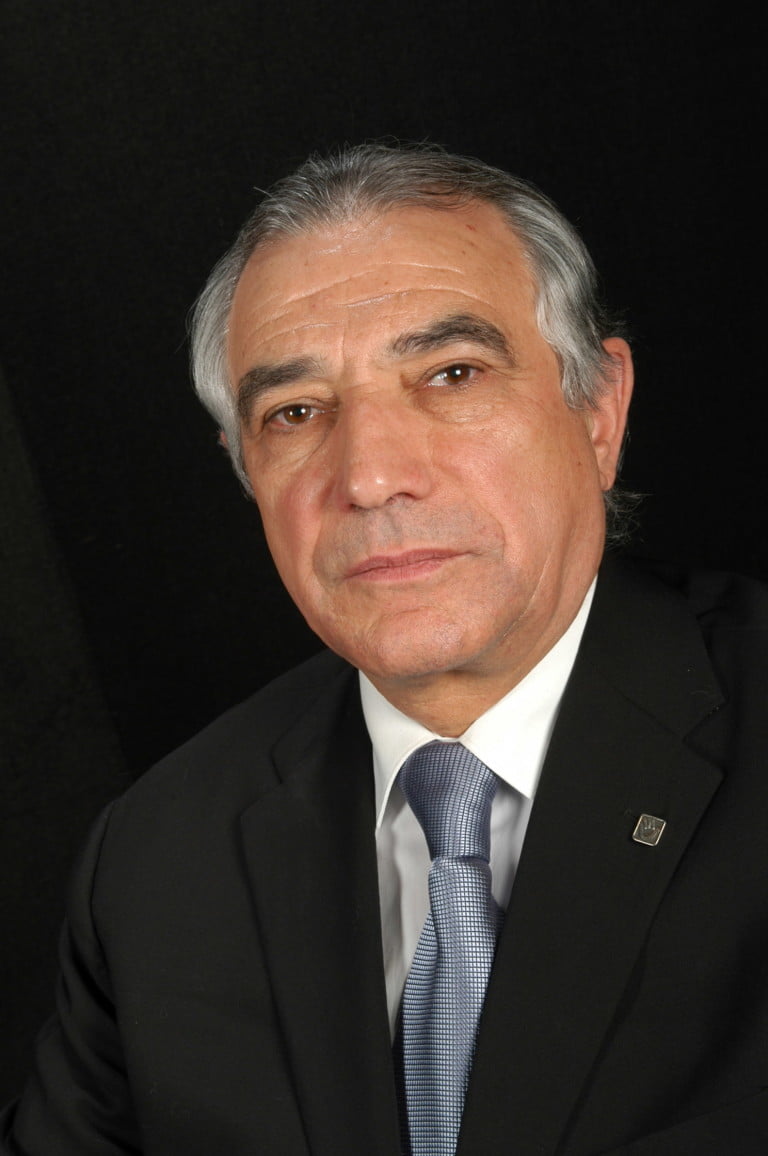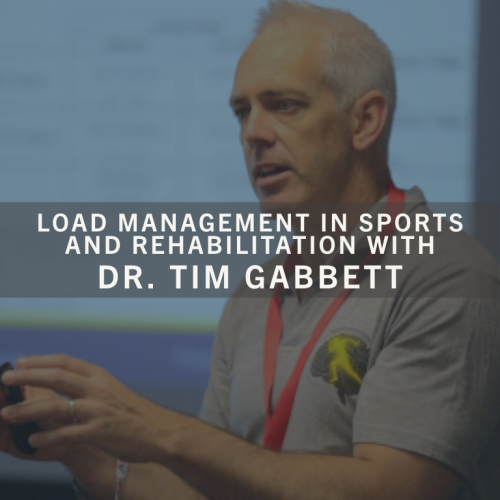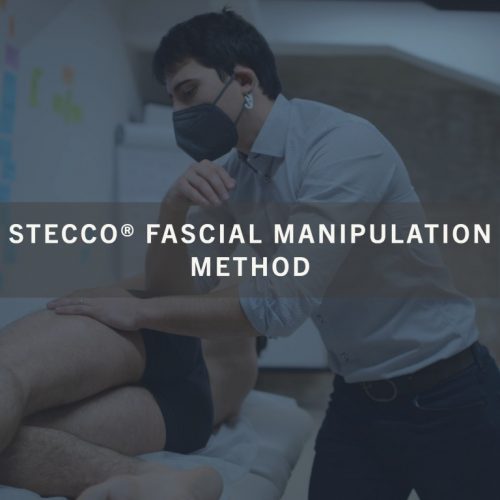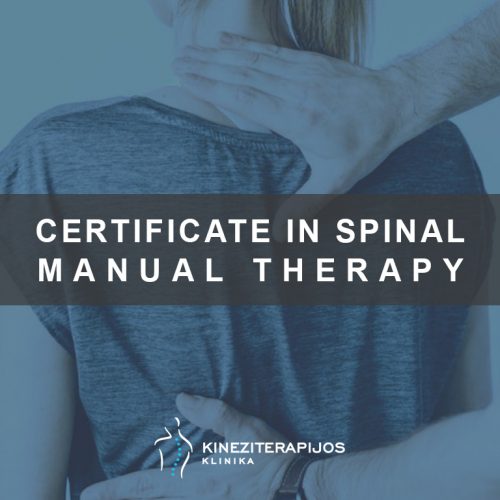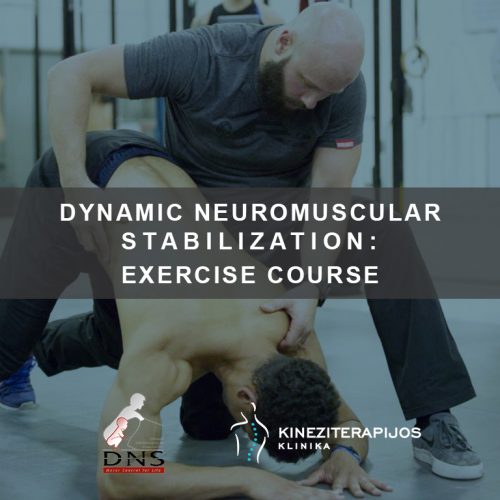Program of Courses
Module I
Theme: Introduction: Spine Evolution. Biomechanical Difference between the Quadruped and bipedal stance. Difficulties in the ethiopathogenical approach of the deviations. Controversy of the physiotherapy treatment. Anatomy and physiology of the vertebral spine. Biomechanics of the spine. Kyphosis, lordosis and scoliosis: ethiology, classification and anatomo- pathology.
Objective: Introduce the professional to the recent situation where the different areas of investigation, the procedures of diagnosis and treatment of the spine deformations are found. Enlarge the Anatomo- pathology that facilitates the interpretation of the biomechanical affects that produce onto the vertebra or the extra vertebral elements the deforming forces of the kyfosis, lordosis and scoliosis.
Module II
Theme: Evaluation and follow up. Generalities, Material, Clinical History. Physical and Functional exploration. Balance of the Shoulders and the Pelvis. Spirometry.
Objective: Train the professional in using the material, techniques, methods of assessment, assessment of the spine and follow up with precise and reliable data.
Module III
Theme: Scientific Basis. Introduction. Material. Methods. Results. Discussion.
Objective: Teach the scientific basis the FED Method.
Module IV
Theme: Scientific Basis. Therapy’s stages; Elongation, Fixation, Derotation and Inversion of the curve. (Dynamic performance of the spine). Electrotherapy and thermotherapy. analytical kinesiotherapy: Auto-control and relaxation. Others kinesiotherapy Methods.
Objective: Deepen the knowledge of the biomechanical analysis of the dynamic performance of the spine under the effect of the correctives forces and the study of the therapeutic unfastens effects. Instruct the professional of the complete knowledge, the experience and the adequate practically use and handle of the FED Unit.
Instruct the professional using the electrotherapy, thermotherapy and vertebral traction as preparing phase for the treatment of the patient into the FED Unit. Training of the professional to install appropriates analytic kinesiotherapy steps for each deformation, which secure and stabilize the therapeutic results of the dynamic corrective forces generated of the FED Unit.

